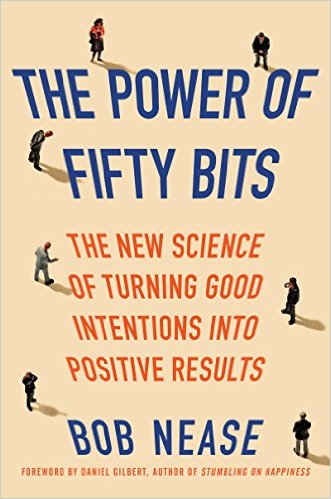A recent article in Health Affairs reports that Value-Based Insurance Design (VBID) improved medication adherence slightly, but cost more money than it saved. Note: VBID is geek speak for cutting copayments for medications that are believed to be highly cost effective and underused by patients.
In a study of over 700,000 patients in North Carolina, researchers report that adherence to drugs for blood pressure increased adherence rates by 1% – 3%, and decreased admissions and emergency room visits. Although nonmedication expenses decreased by $5.7 million, the cost of cutting the copayments ($6.4 million) wiped out those savings (and then some).
Why does cutting copayments (and in some cases, making the medications available for free) have such a small effect on adherence? The simple answer is that cost is only one barrier to medication adherence, and in most cases it’s a small one at that.
Express Scripts, for example, found that cost was a barrier for only 15% of patients who were nonadherent to their blood pressure medications. The bigger barriers are forgetting and procrastinating (i.e., on refills and renewals), which together accounted for 69% of the problem.
There’s a much bigger lesson here. Most people – including health plan administrators and human resource professions – assume that patients are being nonadherent for rational reasons: their medications are too expensive, they believe the medications aren’t working, or that they’re causing side effects. This is the “Mr. Spock” model of nonadherence.
In reality, people are wired for inattention and inertia. Of the 10 million bits per second of information that our brains process, only 50 bits are devoted to conscious thought. Engagement is an unnatural act, and so is taking a pill every day. Solutions that address the fifty bits problem – audio reminders, automated refills, greater pill counts per prescription, and even forgettable methods (think IUDs and implanted hormones for contraception) are far more effective at improving adherence.
Of course, for some specific patients, cost *is* the rate limiter to adherence. For these patients, reducing the copayments can have a substantial effect on adherence. The key is to identify which patients face which adherence challenges, and then tailoring the solution at the individual patient level.



